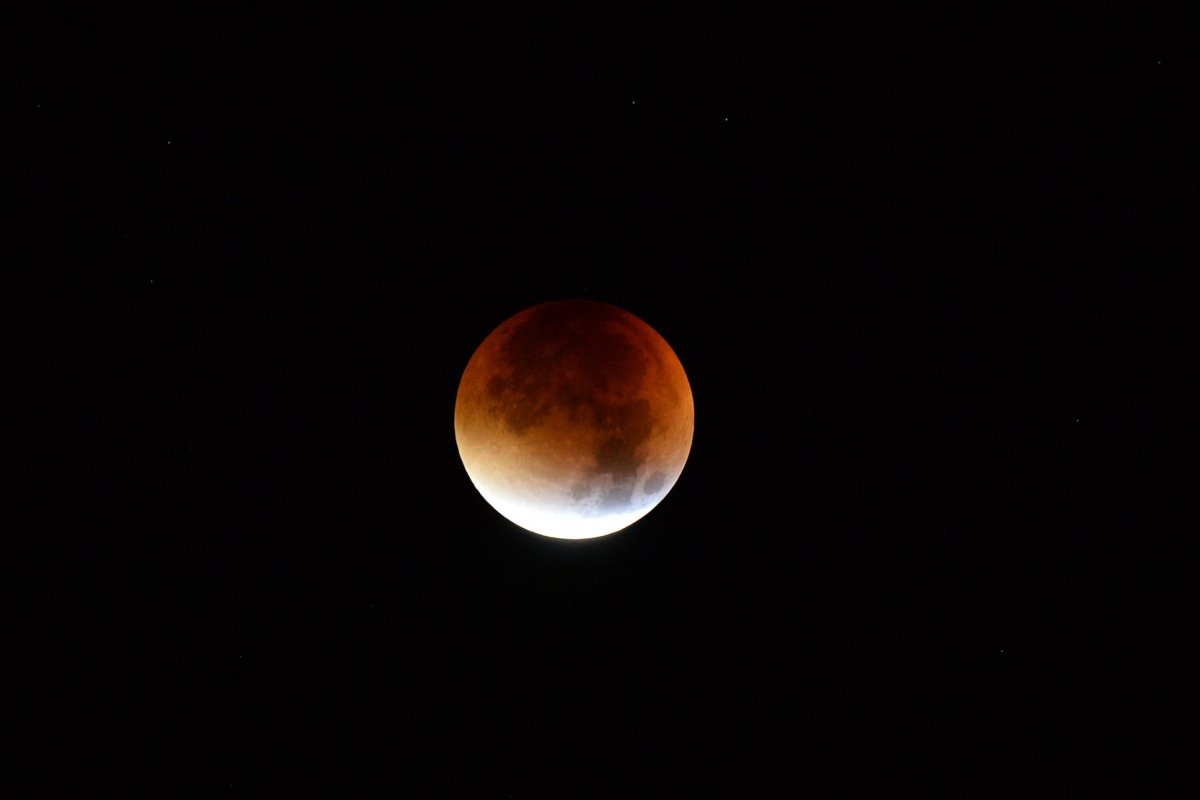
January is set to be an incredible month for the skies. Warming up with the New Year's Supermoon and the spectacular Quadrantids, this month will end with a blue supermoon in total eclipse for many viewers.
NASA has posted a video explaining everything you need to know to make sure you catch the rest of January's astronomical feast. Jane Houston Jones, an astronomer from NASA's Jet Propulsion Laboratory, explains how to watch the Quadrantids, a close pairing of Jupiter and Mars, and the blue supermoon.
January 3-4: Quadrantid Meteor Shower Peak
The Quadrantid meteor shower will peak Wednesday night for just a few short hours. The full event lasts for more than two weeks, but astronomers predict it will have a short, sharp spurt of activity the night of January 3 and into the next morning.
The bright flurry of shooting stars—best observed from the Northern Hemisphere—should be viewed from somewhere dark. Unfortunately for stargazers this year, the Quadrantids will be obscured by a very bright, nearly full waning moon.
If you lie down somewhere free from artificial light, and block out your view of the moon with an object like a hill, you could see 20 to 30 shooting stars per hour, according to the International Meteor Organisation. You can track the trail of the moving stars back to their host constellation using a shoestring, Houston Jones explains.
If you don't get the chance to see it in person, Meteorshowers.org offers a digital reconstruction of future meteor shower activity.
January 5-8: Jupiter and Mars
If you have a telescope or a pair of binoculars, look towards the constellation Libra at approximately 45 minutes before sunrise to see an especially close pairing of Jupiter and Mars.
The two planets will be very close from January 5-8, but NASA recommends getting up early on January 6. Other sources, such as EarthSky, recommend looking out for the planets on January 7.
Mars will look much smaller than Jupiter, at roughly one-sixth the apparent size. The small red planet should offer a "pretty color contrast" to the larger planet, Houston Jones explains.
January 31: Blue Supermoon And A Total Lunar Eclipse

A supermoon will take place on January 31. The last installment in what NASA calls "a supermoon trilogy," the full moon will coincide with the satellite's closest approach to Earth this orbit. Because the moon spins around earth in an ellipse, its distance from the Earth changes. This will be the third supermoon in two months, following the Cold Moon on December 3 and New Year's Day's Wolf Moon.
As well as a supermoon, this is the second full moon of the month—a blue moon. The moon should actually glow red for many viewers as it forms a total lunar eclipse. This happens when the shadow of the Earth perfectly blocks the sun's light from the surface of the moon.
Sarah Noble, a planetary geologist at NASA, explains the reddish glow on its website: "We're seeing all of the Earth's sunrises and sunsets at that moment reflected from the surface of the moon."
The total lunar eclipse will be visible from parts of the western U.S., including Alaska and Hawaii. A partial eclipse should be visible from the rest of the mainland U.S., as well as from Australia and the Pacific Ocean.
Uncommon Knowledge
Newsweek is committed to challenging conventional wisdom and finding connections in the search for common ground.
Newsweek is committed to challenging conventional wisdom and finding connections in the search for common ground.
About the writer
Katherine Hignett is a reporter based in London. She currently covers current affairs, health and science. Prior to joining Newsweek ... Read more
To read how Newsweek uses AI as a newsroom tool, Click here.








